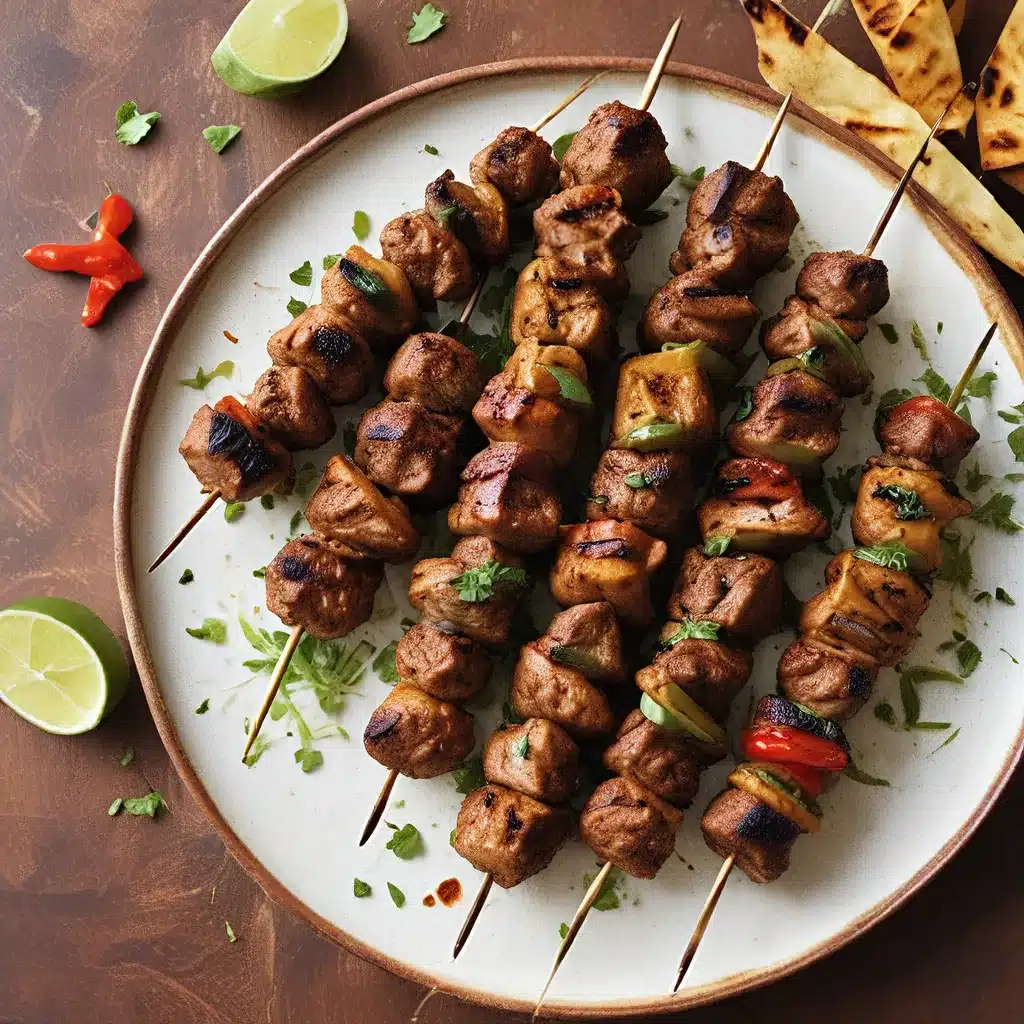
Rediscovering the Lost Art of Traditional Culinary Techniques
Oh, how I love a good old-fashioned cooking method! In this fast-paced, technology-driven world, it’s easy to forget the simple joys of preparing a meal the old-fashioned way. But let me tell you, my friends, there’s something truly special about embracing the time-honored techniques that have been passed down through generations.
As a seasoned home cook, I’ve had the pleasure of exploring the rich history of culinary traditions, and let me tell you, it’s been a delightful journey. From the soothing rhythm of hand-kneading dough to the mesmerizing dance of a lively sauté, these methods offer a sense of connection to the past that you just can’t replicate with modern appliances.
Take the art of making a classic no-bake cheesecake, for instance. Sure, you could just toss everything into a food processor and call it a day, but where’s the fun in that? No, my friends, the true magic happens when you get your hands dirty, slowly and methodically blending the ingredients together until the mixture is silky smooth and bursting with flavor.
The Meditative Rhythm of Kneading Dough
And let’s not forget the humble art of bread-making. These days, it’s all about the bread machine, but let me tell you, there’s something so satisfying about feeling the dough come together under your palms, kneading it with a rhythmic fervor until it’s perfectly supple and elastic. It’s a true meditation for the senses, the gentle squishing and stretching of the dough, the earthy aroma of the yeast wafting through the air.
When it comes to pastries, the old-school techniques really shine. Take choux pastry, for instance – that delicate, airy base for éclairs and profiteroles. Sure, you could just dump everything into a bowl and let a mixer do the work, but where’s the joy in that? No, the true magic happens when you’re standing at the stovetop, stirring the dough with a wooden spoon, feeling the transformation as the batter comes together, slowly and steadily, into a smooth, silky paste.
The Allure of Slow-Cooked Perfection
And let’s not forget the art of slow-cooked perfection. In this age of instant gratification, it’s easy to overlook the beauty of patience and the rewards it can bring. But let me tell you, there’s something truly special about the low and slow approach to cooking. Take a classic braise, for instance – the gentle simmering of tough cuts of meat, coaxing out every last ounce of flavor and tenderness. It’s a labor of love, to be sure, but the end result is a dish that’s so much more than the sum of its parts.
And don’t even get me started on the art of making buttery, crumbly shortbread. Sure, you could just grab a package from the store, but where’s the satisfaction in that? No, the true joy comes from meticulously rubbing the butter into the flour, watching as the mixture transforms into a cohesive dough that begs to be pressed into a pan and baked to golden perfection.
Embracing the Timeless Allure of Old-Fashioned Cooking
In a world that’s so often focused on speed and efficiency, it’s easy to forget the true pleasure that can be found in the slower, more deliberate approaches to cooking. But for those of us who love to get our hands dirty and our senses engaged, there’s nothing quite like the allure of old-fashioned culinary techniques.
So, the next time you find yourself in the kitchen, I encourage you to slow down, take a deep breath, and embrace the timeless art of traditional cooking methods. Whether it’s kneading dough, stirring a simmering pot, or meticulously assembling a layered dessert, the joy is in the journey – and trust me, the destination will be well worth the effort.
After all, as the saying goes, home cooking rocks – and when you’re using the old-fashioned methods that have stood the test of time, the results are truly out of this world.







